China’s High-Speed Jet Tactics: Strategy, Intimidation, or Recklessness?
Japan protests dangerous Chinese fighter jet intercepts in the East China Sea. Are these triggered by strategy or recklessness, and can protocols stop the next crash?
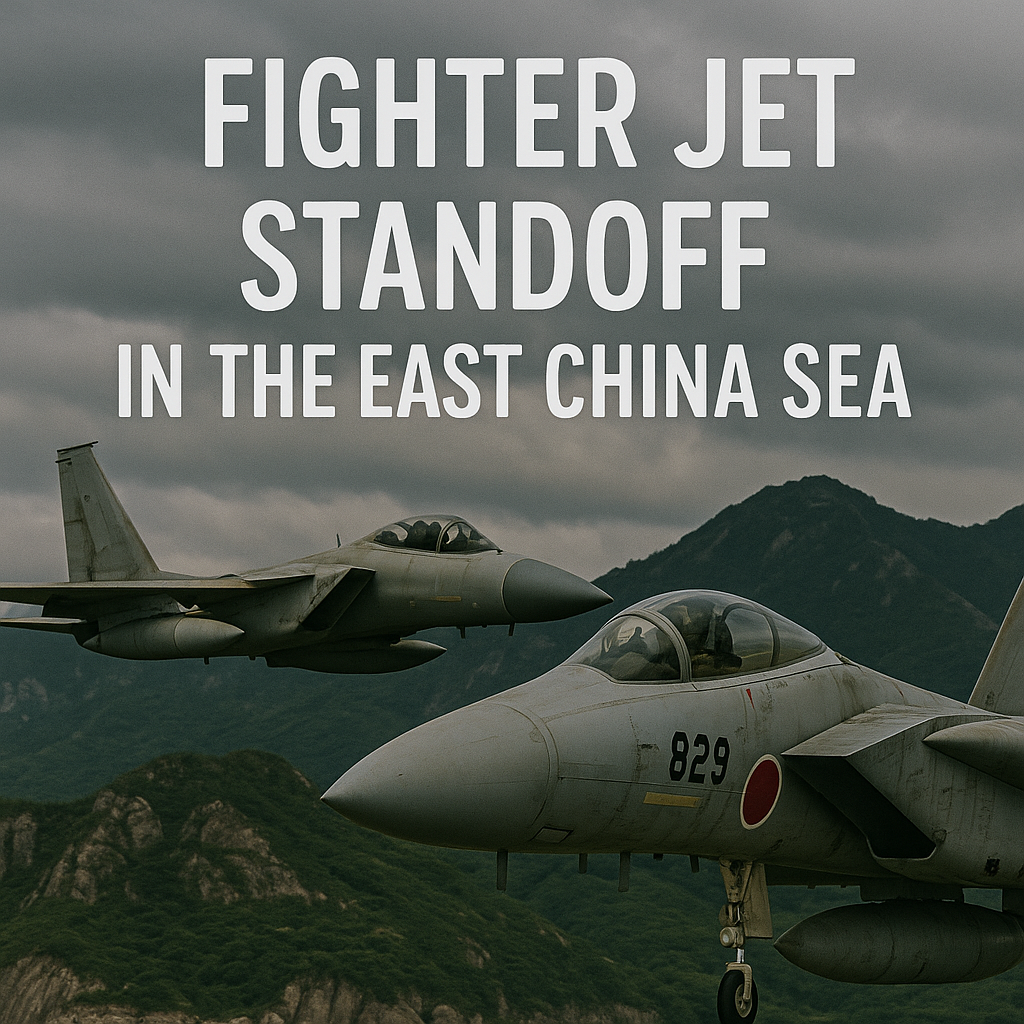
TOKYO, July 11, 2025
In the past two months, Japan has lodged several official protests after Chinese fighter jets performed multiple high-speed intercepts of Japanese surveillance planes in the East China Sea, some coming within 30 meters. Are these aerial maneuvers a new form of strategic brinkmanship, a case of routine surveillance gone wrong, or a sign of increasing militarization of the skies in contested regions?
This blog takes a broad look at the rising tensions in the air: reviewing the incidents, examining countries' motivations, assessing risks, and considering whether international safeguards can ease what may turn into a volatile situation affecting stability in East Asia.
Precision Intercepts or Provocation?
In July, Japan’s Defense Ministry reported that a Chinese JH-7 fighter-bomber flew within 30 meters of a Japanese YS-11EB surveillance plane—twice—in international airspace near the disputed Senkaku/Diaoyu Islands. These incidents follow several similar close encounters, including reports of P-3C patrol aircraft being shadowed by jets from Chinese carrier groups.
On June 11, during operations involving China's Liaoning and Shandong carriers in the Pacific, Japan claimed a Chinese J-15 came within 45 meters of a P-3C over the exclusive economic zone—an encounter once described as "abnormally close" by Tokyo officials.
This latest protest serves as Tokyo’s strongest warning yet: Vice-Foreign Minister Takehiro Funakoshi summoned Beijing’s ambassador, demanding that China halt “dangerous military activities” near Japanese aircraft.
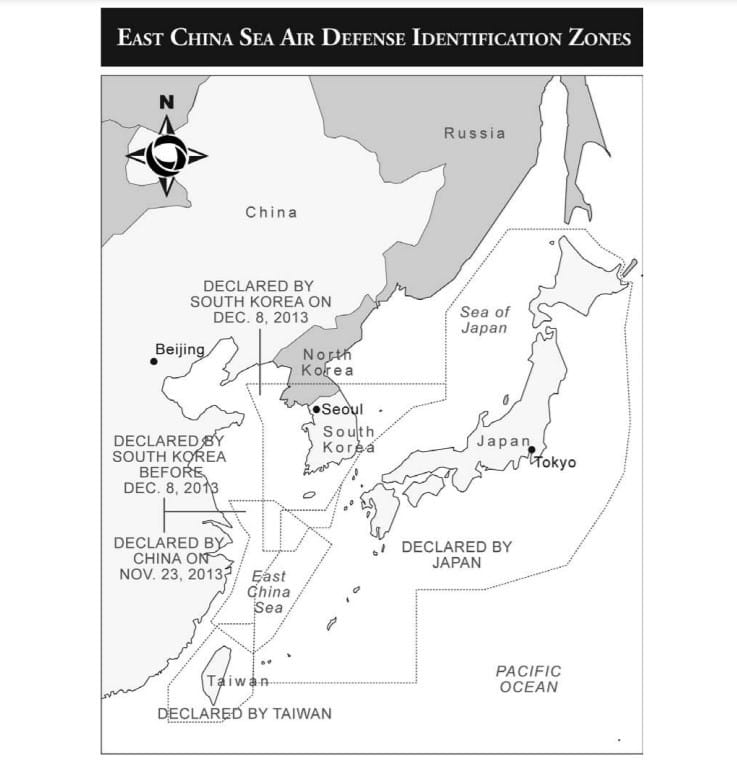
Where the Sky Gets Hot: Overlapping ADIZ and Sovereignty Claims
Several countries—China, Japan, South Korea, and Taiwan—claim overlapping Air Defense Identification Zones (ADIZ) in the East China Sea. China’s 2013 declaration, which includes the Senkaku Islands, drew sharp criticism from Tokyo and Seoul, both of which refused to comply.
The legal gray area arises from differing interpretations of the United Nations Convention on the Law of the Sea (UNCLOS). China asserts claims based on continental shelf rights, while Japan supports a median line-based demarcation. Disputes over natural gas fields, such as Chunxiao, increase the stakes.
The ADIZ map shows how often aircraft from both nations enter zones where identification rules overlap, creating conditions ripe for scrambles and interceptions.
Gray-Zone Tactics: Surveillance or Harassment?
These aerial intercepts are part of China’s broader “gray-zone” strategy; below the threshold of open conflict, pressure is applied through non-kinetic provocations. These tactics include coast guard harassment, carrier-based air sorties, and maritime lawfare, all aimed at unsettling Japanese defenses and normalizing Chinese presence around disputed islands.
China likely views these intercepts as a way to send a message: its military is asserting sovereignty and testing Japan’s responses. The regular presence of carrier groups along with close air support near the Senkakus and over contested economic zones supports this view.
Japan, in contrast, sees these actions as a clear escalation, increasing the chances of miscalculations and provoking diplomatic backlash. Japan has officially condemned the intercepts as “dangerous” and “highly provocative” in its statements.
Historical Echoes: When Hunters Crash
In 2001, a US Navy EP-3E spy plane collided with a Chinese J-8II over the South China Sea. The EP-3 made a forced landing in Hainan; the pilot died, and the crew was detained in Beijing for 10 days.
This incident remains the most notable near-miss in the region, marked by high tensions but ultimately resolved through ambiguous diplomatic language that allowed both sides to preserve their dignity.
Other dangerous encounters include close-proximity intercepts over the Black Sea, where a Russian Su-27 locked onto a US EP-3 in its targeting radar before overtaking it.
These historical examples remind us that split-second miscalculations can lead to international crises—or worse.
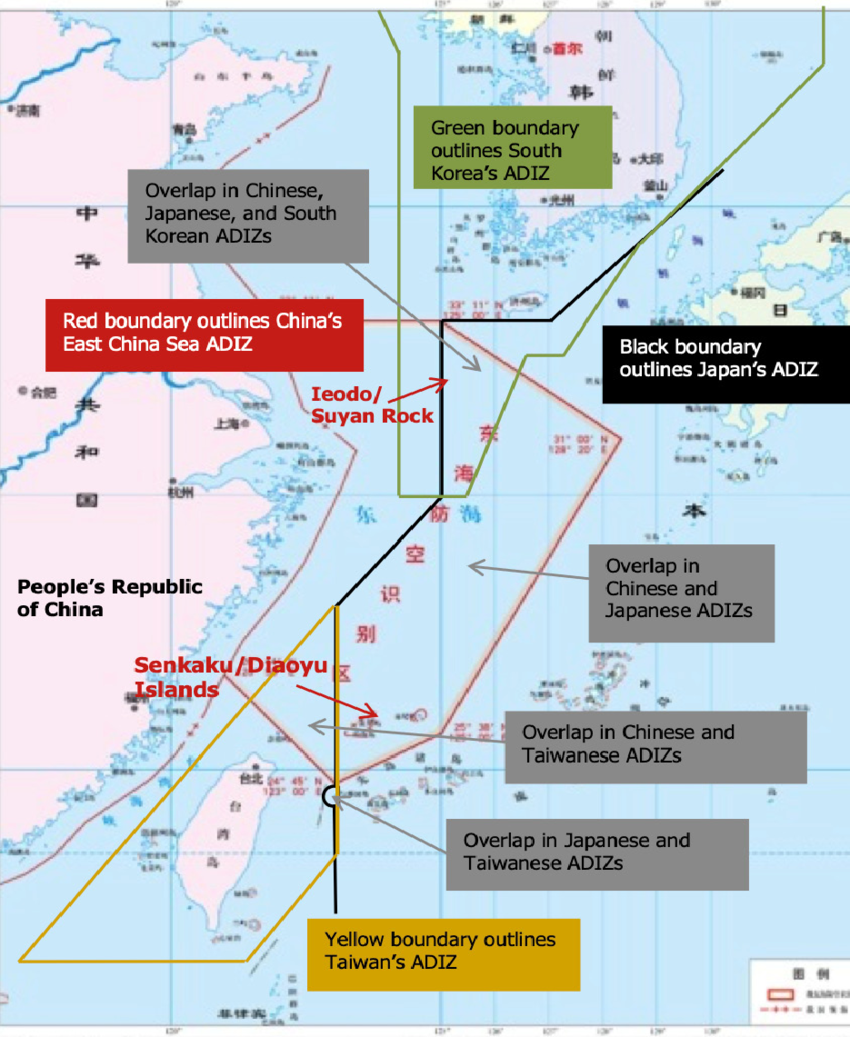
Strategic Stakes: Who’s Winning the Sky?
China views air dominance as crucial to its Indo-Pacific maritime strategy. Operating aircraft carrier groups and jets well beyond the First Island Chain shows its ambition to shift the regional power balance.
Meanwhile, Japan is modernizing its air force by deploying F-35s to Okinawa and improving scramble readiness, with over 669 interceptions last year, 70% of which involved Chinese aircraft.
As the risk landscape evolves, so do defense strategies: Japan’s annual military budget continues to grow, focusing more on counter-strike and carrier deterrence capabilities.
Risky Business: The Anatomy of a Mid-Air Flashpoint
Military aviation expert Bonnie Glaser from the German Marshall Fund warns of the lack of a real-time aerial deconfliction hotline, comparing the current standoff to playing a dangerous game of chicken in open skies.
Without established protocols:
- Pilots have minimal reaction time at high speeds.
- Ground commands may arrive too late.
- Loss of radio communication is common.
- There are no shared rules for maintaining safe distances, radar locking, or consistent interception behavior.
In short, even a standard surveillance mission could quickly escalate into tragedy.
Diplomatic and Procedural Gaps
Japan and China have a maritime crisis communications hotline, but it does not cover air incidents.
There is no Asia-wide agreement like CUES for jets. The U.S.-China relationship includes a Military Maritime Consultative Agreement that Japan could replicate. Experts recommend:
- Setting up air-focused crisis hotlines.
- Creating annual air-safety protocols.
- Including South Korea and Taiwan in a broader East China Sea code of conduct.
- Strengthening multilateral frameworks through ASEAN and Japan/China dialogues can also help.
Without such steps, Tokyo warns that a single mistake could disrupt regional peace.
Delving Deeper: Beneath the Tactical Posturing
National Prestige and Messaging
For China, aggressive intercepts reinforce its narrative of reuniting territorial claims over areas viewed as vital to national interests. The patrols by the Liaoning and Shandong carriers bolster Beijing's image as a rising power.
Domestic Political Pressure
China’s Communist Party faces considerable pressure to show strength in territorial claims, especially with popular movements like Baodiao urging assertiveness over the Senkakus.
Alliance Dynamics
Japan's increased military readiness aligns with U.S. strategic goals to maintain order in the Indo-Pacific. U.S. B-52 flyovers of China’s ADIZ in 2013 were a direct response to Beijing’s assertiveness.
However, U.S. support has not included calls for air-safety protocols, leaving Japan mostly on its own in these risky skies.
Navigating Through Airspace Tensions
What we’re seeing is more than mere showmanship; it’s the rise of a high-stakes arena where surveillance, messaging, and brinkmanship come together. Low-profile military harassment, similar to hybrid warfare tactics, tests the resolve, restraint, and technical capacities of countries like Japan while empowering China’s strategy to escalate until met with strong resistance.
The proximity of aircraft coming seconds away from colliding is no accident; it’s a signal. Yet this signal loop lacks vital safeguards: neutral communication protocols, crisis hotlines, or real-time coordination channels. It’s a ticking time bomb, with frequent triggers and few ways out.
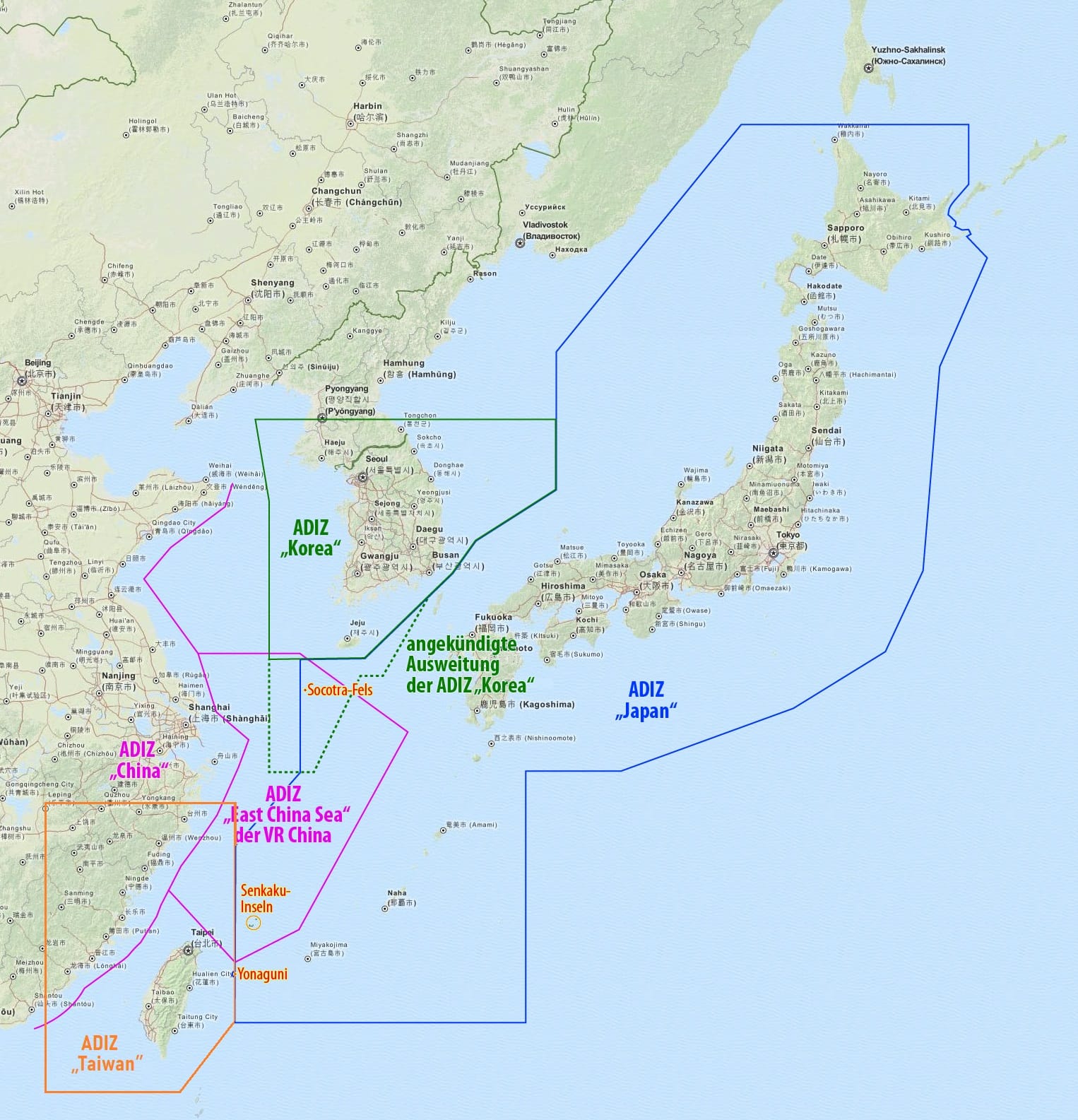
What Lies on the Horizon: Mitigation or Escalation?
If these intercepts continue, several scenarios could unfold:
- Frequent Heightened Scrambles: Both sides may increase military readiness and defense budgets.
- Diplomatic Fallout: Retaliatory actions, such as summoning ambassadors, could spiral into broader regional tensions.
- Accidental Collision: In the worst-case scenarios, casualties or military responses might arise, undermining diplomatic and economic goals.
- Alliance Activation: A crisis could prompt Japan to deepen its ties with the U.S. and allies against China.
Beijing's next moves—whether it yields to Tokyo's protests or escalates with further intrusions—will define whether this issue becomes a minor irritant or a pivotal moment in Indo-Pacific geopolitics.
Renewed Perspectives: Questions for the Future
Should the changing landscape of international airspace in contested areas resemble this?
- Mandatory hotlines for preventing intercepts between military commands.
- An East China Sea Air Safety Code was developed by Japan, China, and South Korea.
- Third-party oversight by neutral entities, like ASEAN or the UN, to ensure transparency.
- Periodic confidence-building exercises between the Chinese and Japanese air forces.
Such measures could turn close encounters from flashpoints into chances for de-escalation—if both sides can choose to respond with restraint rather than provoke further tension.
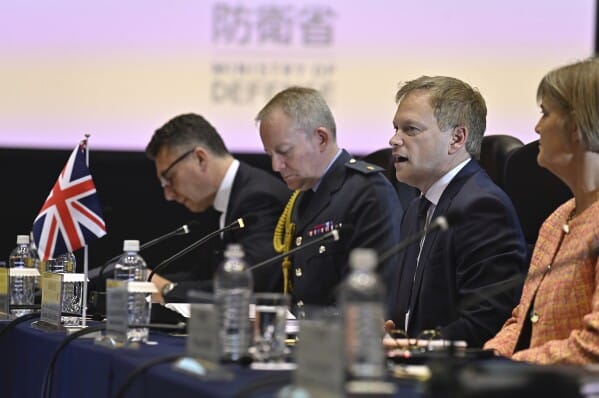
What do you think?
What if we redefined sovereignty in contested airspaces? Instead of "you can't enter," how about "you must identify and coordinate"? Is it time for a regulated air corridor for surveillance planes? Can air communication protocols between China and Japan draw lessons from Cold War frameworks? Or will Beijing’s low-intensity tactics keep pushing toward safety, militarization, and perhaps war?
Sources
- AP News: sealight.liveAP News+1AP News+1
- Bloomberg: Bloomberg.com
- India Today: India Today
- Newsweek: newsweek.com
- CFR: Council on Foreign Relations
- Courting History: Stratfor+2Wikipedia+2history.navy.mil+2
- Scientific American/Elsevier: USNI News+15Wikipedia+15AP News+15
- The Guardian: scmp.com+10The Guardian+10India Today+10
- Strategic Asia Initiatives: CIMSEC+4Wikipedia+4ResearchGate+4
- AP News: AP News
- The Australian / Reuters




